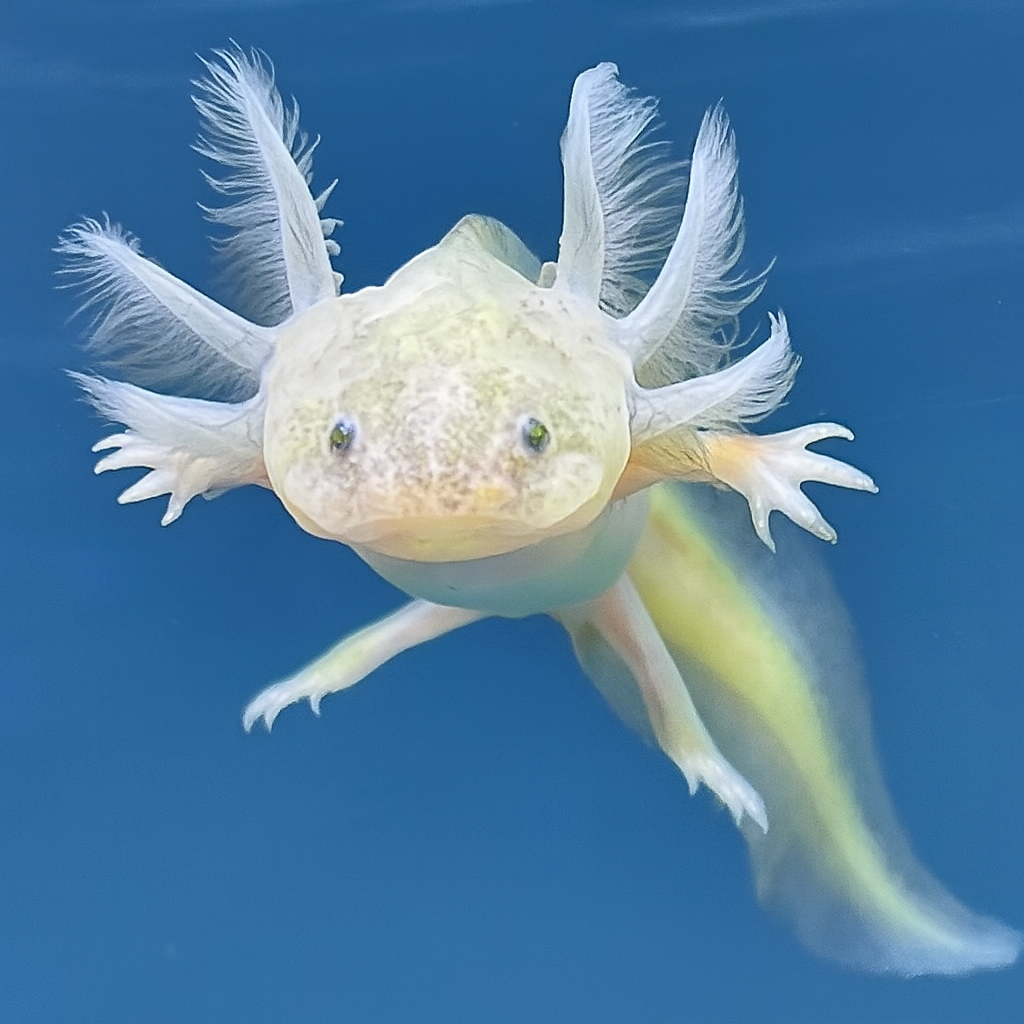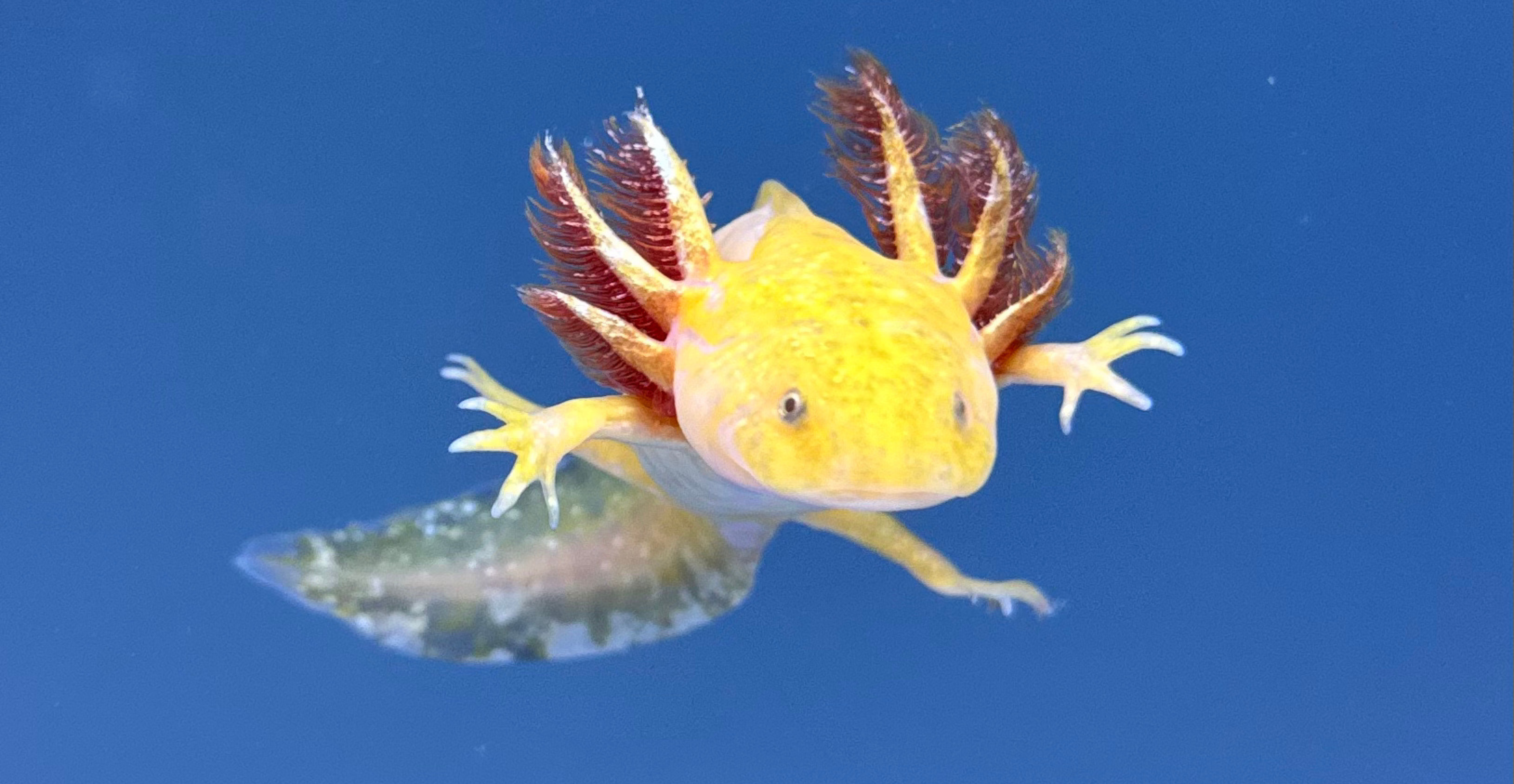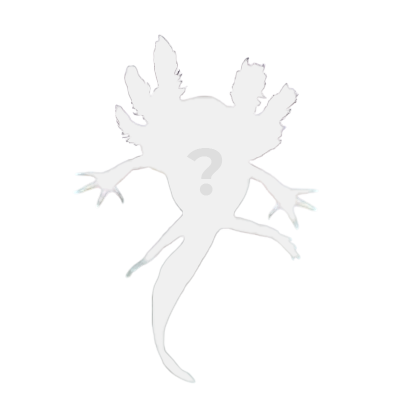My Axolotl Tank Crashed — Please Help! (Step-by-Step Guide)
If you’ve found yourself panicking because your axolotl tank crashed, take a deep breath — you’re not alone, and there is a recovery path. Tank crashes can happen even to the most experienced aquarists, especially when cycling isn't properly completed or something disrupts the nitrogen cycle. In this guide, we’ll walk you through exactly what to do step-by-step to stabilize your water parameters and protect your axolotl’s health.
🚨 What is a Tank Crash?
A “tank crash” usually refers to a sudden spike in ammonia, nitrites, or nitrates — often accompanied by a drastic pH shift or drop in beneficial bacteria. Symptoms include:
-
Cloudy or foul-smelling water
-
Axolotls gasping at the surface
-
Lethargy or loss of appetite
-
White, curled gills or floating frantically
If you're experiencing any of these, act immediately.
🧪 Step 1: Test the Water Parameters
Use a liquid test kit (NOT strips) to check:
-
Ammonia
-
Nitrite
-
Nitrate
-
pH
-
Temperature
Write them down. In a healthy axolotl tank:
-
Ammonia = 0 ppm
-
Nitrite = 0 ppm
-
Nitrates = under 20 ppm
-
pH = 7.4 to 8.0
-
Temp = 60°F–68°F
If ammonia or nitrite is above 0.25 ppm, you’re dealing with a toxic crash.
💧 Step 2: Perform an Immediate 50% Water Change
Use dechlorinated, temperature-matched water and perform a 50% water change right away.
This dilutes the toxic compounds and gives your axolotl immediate relief.
Avoid using chemical ammonia removers unless absolutely necessary — they can interfere with beneficial bacteria and delay re-cycling.
🐟 Step 3: Remove Excess Waste & Check the Filter
-
Vacuum the substrate (or remove it if bare bottom)
-
Rinse filter media in tank water (NOT tap water)
-
Remove uneaten food or decaying plants
Your filter should be running 24/7 and not over-packed — sponge filters or hang-on-back filters with gentle flow are ideal for axolotls.
🧊 Step 4: Temporarily Move Your Axolotl (If Needed)
If ammonia/nitrite levels are severely high, move your axolotl to a clean, dechlorinated tub with a bubbler or sponge filter. This gives them a chance to recover while you stabilize the main tank.
Change 100% of the tub water daily until it’s safe to return them.
♻️ Step 5: Re-Cycle the Tank
Now it's time to re-establish the nitrogen cycle. Follow our in-depth How to Cycle Your Axolotl Tank guide to the letter.
This includes:
-
Adding a source of beneficial bacteria (via filter media or bottled bacteria)
-
Monitoring ammonia, nitrite, and nitrate levels
-
Being patient (it may take 4–6 weeks)
💡 Step 6: Prevent Future Crashes
Once your tank recovers, here’s how to avoid another crash:
-
Test water weekly
-
Do 25-50% water changes every 5–7 days
-
Keep nitrates under 20 ppm
-
Avoid overfeeding
-
Quarantine new tank additions
For light-colored morphs like leucistics and albinos, early signs of stress like white or pale gill stalks are often more noticeable — keep a close eye on them!
🛒 Recommended Products
Get everything you need for recovery and cycling at our Axolotl Planet Shop.
From dechlorinators to filter media, test kits, and axolotl-safe foods, we’ve curated what your axie needs for a full comeback.
Final Thoughts
Tank crashes are stressful, but not the end of the world. With quick action, clean water, and proper cycling, your axolotl can make a full recovery. Bookmark our How to Cycle guide and stay proactive with your maintenance to keep your tank healthy and thriving.
Stay calm, act fast, and your axie will thank you.





Leave a comment
This site is protected by hCaptcha and the hCaptcha Privacy Policy and Terms of Service apply.